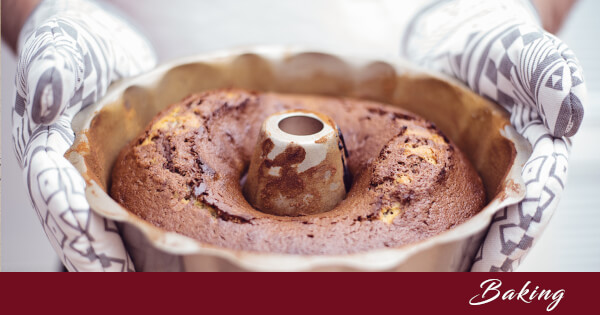One hundred and twenty years ago, on April 30, 1904, the World’s Fair in St. Louis opened its gates. For seven months (April 30-December 1), fairgoers enjoyed exhibits and foods from the U.S. and countries around the world.
The Fair
The Louisiana Purchase Exposition, better known as the St Louis World’s Fair, celebrated the one hundredth anniversary of the signing of the Louisiana Purchase Treaty. While a ceremony on April 30, 1903, commemorated the deal’s centennial, the fair didn’t open until the following year.
President Theodore Roosevelt officially opened the St. Louis World’s Fair on April 30, 1904. Its exhibits included cultural aspects of other countries and the latest technological innovations of the day. But it was the food (and how it was served) that we now see had the most impact on American visitors.
Did You Know…
- The purchase of France’s Louisiana territory, basically doubled the size of the U.S. It added some 828,000 square miles of land west of the Mississippi River.
- The $15 million price tag meant the U.S. spent about 4 cents per acre.
- Planning and construction for the St. Louis World’s Fair began in 1901. However, due to its size, the opening was delayed from 1903 until 1904.
What’s To Eat?
During its seven months, some Twenty million people visited the fair. Twenty million hungry people. People who—though they had a variety of meals from around the globe from which to choose—didn’t want to spend their visit sitting and eating. American cuisine, especially hand-held items that could be eaten on the go, quickly became favorites.
Cotton Candy
In the Palace of Electricity, visitors not only viewed Thomas Edison’s innovations, but watched a device spin liquefied sugar into sticky, spiderweb-thin strands of heavenly goodness.
The Electric Candy Machine Company’s “fairy floss” machine won the fair’s prize for “novelty of invention.” Cotton candy spread quickly across the U.S. as attendees bought tens of thousands of souvenir boxes and mailed the treat to friends and family.
(To learn more about Fairy Floss, click here to read “Did You Know Fairy Floss Isn’t Good For You But It Sure Is Good?”)
Did You Know…
- Before they could be convinced to try it, many fairgoers had to be reassured that “fairy floss,” also known as cotton candy, didn’t contain cotton.
Ice Cream Cones
Today, we think nothing of enjoying ice cream in a waffle, sugar, or regular cake cup cone, but that hasn’t always been the case. Though ice cream cones were invented just before the twentieth century, most vendors continued to sell ice cream in glass cups or dishes. These “penny licks,” as they were called, were returned, rinsed, and reused. But during the 1904 St. Louis Fair, one ice cream vendor ran out.
The vendor at the neighboring exhibit, sixteen-year-old Syrian immigrant Ernest Hamwi, quickly suggested a solution. He rolled his waffle-like pastries, Zalabias, into an inverted cone or funnel and sold them as edible ice cream containers. It wasn’t long before the fair’s other ice cream vendors got into the act. They, too, purchased these rolled up Zalabias and called them “cornucopias.”
Did You Know…
- Hamwi worked as a traveling salesman for the Cornucopia Waffle Oven Company after the fair. Then in 1910, he started his own ice cream cone company.
Jell-O
Powdered gelatin had been around since 1845. Pearle Wait, an upstate New York cough syrup manufacturer, bought the gelatin patent in 1897 and added fruit flavors to the product. When door-to-door sales slowed, he sold it to fellow townsman, Frank Woodward, who owned the Genesee Pure Food Company. Woodard set up an exhibit in the Palace of Agriculture, demonstrating how to make Jell-O. Fairgoers watched it wiggle and jiggle before tasting it.
Jell-O won a gold medal at the fair for the best “delightful and quick dessert.”
Did You Know…
- Pearle Wait’s wife, May, named the gelatin, “Jell-O.”
Final Thoughts
The St. Louis World’s Fair happened at the right time to capture, in one place, the U.S.’s culture of eating as it changed and moved into the modern world. Foods such as hamburgers, hot dogs, iced tea, Jello-o, ice cream cones, etc. weren’t invented at the fair, but many fairgoers ate them there for the first time. The fair and its twenty million visitors put these foods on the path to national popularity, and the eventual status of becoming future U.S. food staples.
Did You Know…
- The St. Louis World’s Fair contained 125 eateries.
- Missouri farmer, C.H. Sumner’s nut butter exhibit, including his pioneering grinding machine, was the only peanut butter exhibit at the St. Louis World’s Fair.


Very good read over coffee this morning
Thanks, Bill. Glad you enjoyed it.